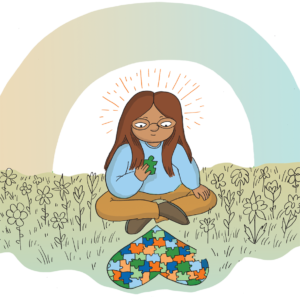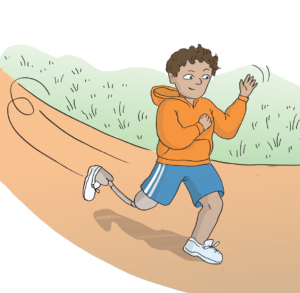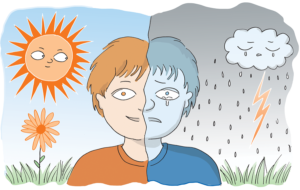Disability Awareness
Supporting
Disability Awarness
Disability awareness is an avenue to social-emotional learning. Awareness is the foundation for empathy. To create a more inclusive world tomorrow students need opportunities to gain an awareness of disabilities today.
One of Changing Perspectives goals is to help students to gain knowledge and experience about disabilities and to teach them to bridge inclusion.
Some of our schools don’t offer real life examples of the many disabilities in the world. By talking and learning about disabilities we help our students develop awareness and empathy. And once that discussion begins they learn about how they are each different and how those differences are to be celebrated.
Elementary
Disability Awareness
Curriculum
180+ CCSS-Aligned Lesson Plans
(20-45 minute duration)
170+ Book Discussion & Literature Units
90+ Videos & Discussion
Experiential Activities
30+ Reflection Activities
Family Resources
Educator Resources
Middle School
Disability Awareness
Curriculum
80+ CCSS-Aligned Lesson Plans
(25-45 minute duration)
50+ Books and Discussion Questions
60+ Videos and Discussion
Experiential Activities
10+ Reflection Activities
Family Resources
Educator Resources
High School
Disability Awareness
Curriculum
40+ Lessons Within 12 Learning Modules
(30 minute duration)
50+ Book Recommendations
10+ Call To Action Project Ideas and Resources
10+ Activities to Spark Discussion (15 minute duration)
Benefits Include:
Customizable Lesson Plans and hands-on activities
Distance Learning options and support
New Content added annually
Easy to Use Online Platform for global access
Outcomes Focused on social-emotional learning, equity, and inclusion
Optional Personalized Coaching available
Learn more about the disability categories we use:
Autism Spectrum
Cognitive Differences
 Cognitive differences include genetic and congenital issues along with injury created loss of cognitive function. One widely known genetic condition is Down’s Syndrome. Individuals with cognitive differences have a range of cognitive challenges from minor that you might not even notice without lengthy exposure to those that are readily seen at a glance.
Cognitive differences include genetic and congenital issues along with injury created loss of cognitive function. One widely known genetic condition is Down’s Syndrome. Individuals with cognitive differences have a range of cognitive challenges from minor that you might not even notice without lengthy exposure to those that are readily seen at a glance.
Physical Disabilities
Social/Emotional Impairments
Speech/Language Disabilities
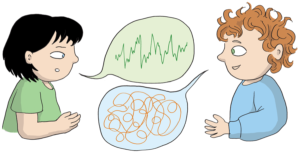 Speech and language impairments are classified as communication disorders. There are a variety of reasons why someone might have one of these impairments. These types of impairments encompass conditions such as stuttering, impaired articulation, language impairment, or a voice impairment that may adversely affect a child’s educational progress.
Speech and language impairments are classified as communication disorders. There are a variety of reasons why someone might have one of these impairments. These types of impairments encompass conditions such as stuttering, impaired articulation, language impairment, or a voice impairment that may adversely affect a child’s educational progress.
Visual Impairments
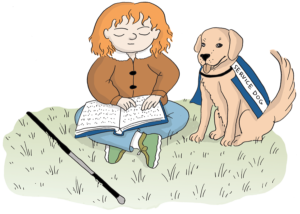 There is a wide spectrum of the severity of visual impairments. An individual with a visual impairment may be born with it while others may acquire a visual impairment later in life. Whether blind or with limited sight of some sort, individuals with visual impairments may use a cane, special glasses, or other aids to help them navigate the world.
There is a wide spectrum of the severity of visual impairments. An individual with a visual impairment may be born with it while others may acquire a visual impairment later in life. Whether blind or with limited sight of some sort, individuals with visual impairments may use a cane, special glasses, or other aids to help them navigate the world.
More Details ...
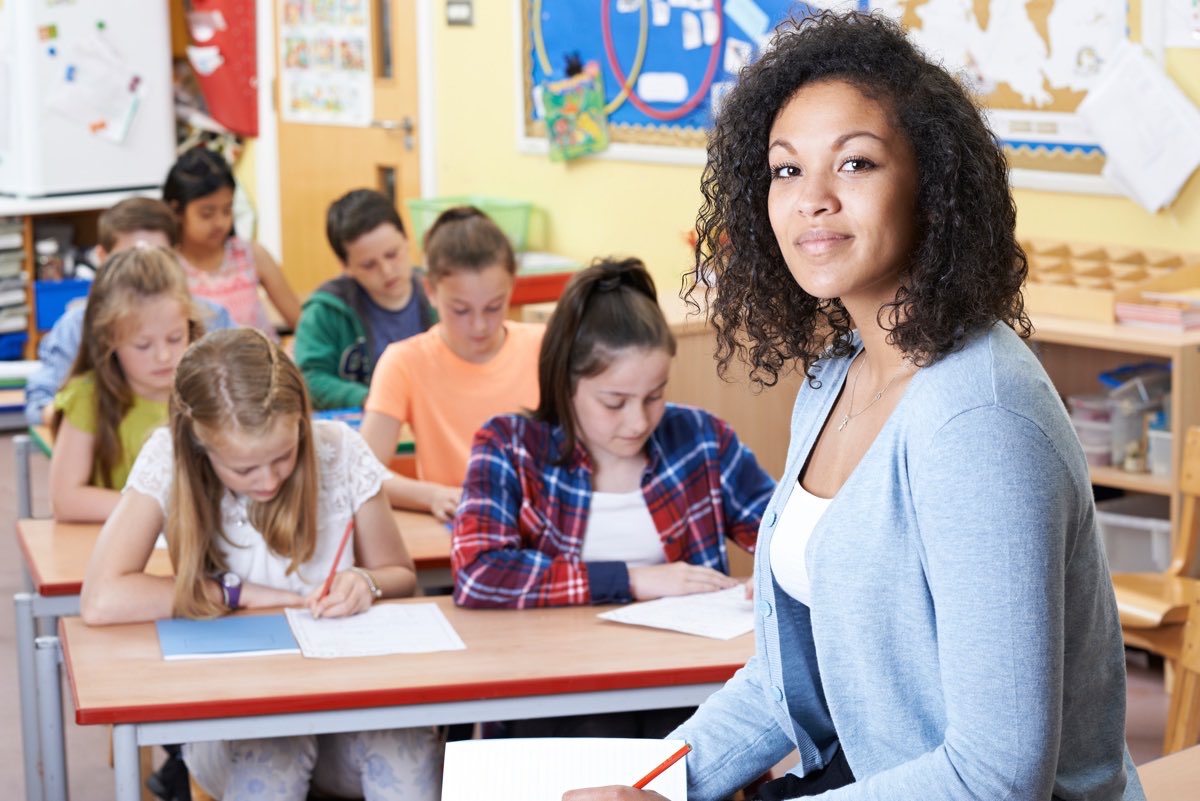
Portal Features
-
Web-based: Access our portal on any browser, anywhere, anytime.
-
Interactive Planners: Easily organize, retrieve, share, and collaborate with others.
-
Gradebooks: Seamlessly keep track of student performance through our digital gradebooks. Gradebooks can also be downloaded as CSV files to easily integrate into other student tracking platforms.
-
SEL Student Assessments: Assess student skills and understandings with premade and custom assessments. Assessments can be shared with students digitally and/or as printables.
-
Integration: Integrate resources into digital student learning platforms (e.g., Google Classroom, Canvas, etc.) with fillable PDFs.
Curriculum
- Designed for educator customization.
- A variety of comprehensive curriculum resources are available to engage all learning styles. Resources include but are not limited to: lesson plans, book discussions, videos with discussion questions, and more.
- Annual updates to curriculum to ensure new resources are available at the start of each new school year.
- Standards-aligned: Social-emotional content is aligned with CASEL standards and disability awareness content is aligned with Common Core standards.
Educator Support
- Educator Implementation Guides available.
- Family Resources: newsletters and customizable welcome letters.
- Curated library of resources: valuable information and insights from other sources.
- Individual coaching and professional development are available.
Changing Perspectives Alignment to Social-Emotional Learning Competencies
Changing Perspectives curricular resources are designed to support the work driven by social-emotional learning (SEL) competencies as developed by the Collaborative for Academic, Social, and Emotional Learning, or CASEL. We see disability awareness as a means of supporting schools’ efforts around SEL development. The following chart shows the alignment between Changing Perspectives curricula and the vital SEL standards that schools are focused on achieving for student success.

